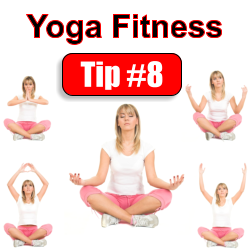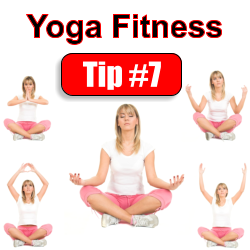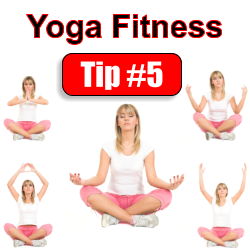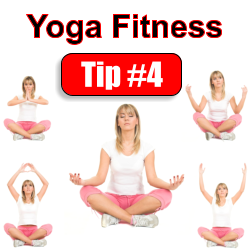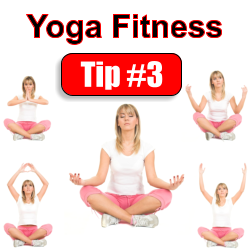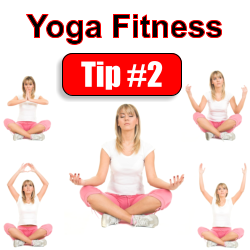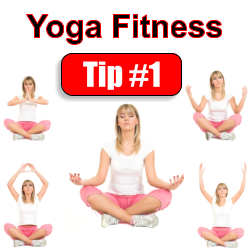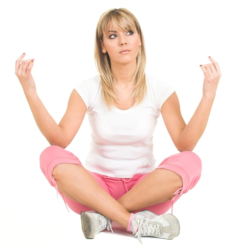End the Confusion by Starting with These Top Yoga Poses
If you are considering taking up yoga, you are no doubt confused which poses to begin with as there are well over 100 different ones to choose from. When you are ready to begin, these 5 top yoga poses will give you a good feel for yoga. Hold each pose for 15-30 seconds before returning to its starting position.
Top Yoga Pose #1: Downward-Facing Dog
The starting position is on your hands and knees with your knees slightly behind your hips, feet shoulder-width apart and your hands slightly forward of your shoulders. Start walking your hands back toward you while raising your body. At the peak of the exercise, your hands and heels of your feet will be on the floor; your body should look like an inverted “V”. The first few times you try this pose, you may not be able to fully do it. Do the best you can and continue to work toward the desired end state.
Top Yoga Pose #2: Upward-Facing Dog
For this pose, you’ll start by lying on your stomach. Place your hands at your sides as if you were going to do push-ups. Now extend your arms and push your upper body up; your knees and feet should still be on the floor. Tilt your head back so you are looking up at the ceiling.
Top Yoga Pose #3: Child’s Pose
Start by kneeling on the floor. Drop your buttocks down toward your heels as you stretch the rest of your body down and forward, extending your arms in front of you. Relax your butt back onto your toes, trying to push your butt into the ground. Simultaneously, extend your arms out as far in front of you as far as you can.
Top Yoga Pose #4: Warrior II
Starting position is standing with feet slightly wider than shoulder-width apart. Now lift and rotate one leg 90 degrees while keeping your other leg at the starting position. Lean forward on the leg you rotated until the shin of that foot is perpendicular with the floor. At the same time, straighten your leg that is still in the starting position and raise your arms until they are parallel to the floor. You should now have one arm pointing directly in front of you, and the other directly behind you. Continue to look straight forward and hold this pose for the required time. Repeat on the opposite side.
Top Yoga Pose #5: Tree
From the standing straight position with your shoulders back, slowly lift up one foot and place it on the inside of your other leg about knee-high. At the same time, place your hands together in front of you and slowly raise them above your head. Hold this pose for the required time and repeat using the opposite leg.
Rotate though these five poses two to three times without rest for three to four days per week. Focus on building the amount of time you can hold each pose until you can hold each one for 60 seconds. As you can see by reading through each pose, focusing on the task is essential to doing it right.
You can find more yoga poses for beginners on video right here http://myfitnessnut.com/hatha-yoga-poses . Those yoga videos will help you learn how to do many popular yoga postures.
